Impact of Subsurface Hydration and Brick Paving Stability: Causes and Solutions
In the field to preservation and deterioration, the problem is problem itself is causing the problem. Of course that sentence doesn’t make much sense, by itself, without further context, but we will explain, referencing a particular case and looking at a particular set of photographs from the field.
The picture below shows a brick masonry walkways that is supressed out of its originally intended plane. It has subsided. The perimeter of the walkway is detached from the original joins to the side knee walls or retaining walls. As this paving area has subsided, the gap or separation at the perimeter has increased. As that gap increased more and more rain water enters at each instance of rainfall. At each rainfall, as water erodes the subgrade, the subrade becomes waterlogged, which causes disolution and later further subsidence. It is a vicious cycle which is increasing in both speed and the extend of iterative damage.
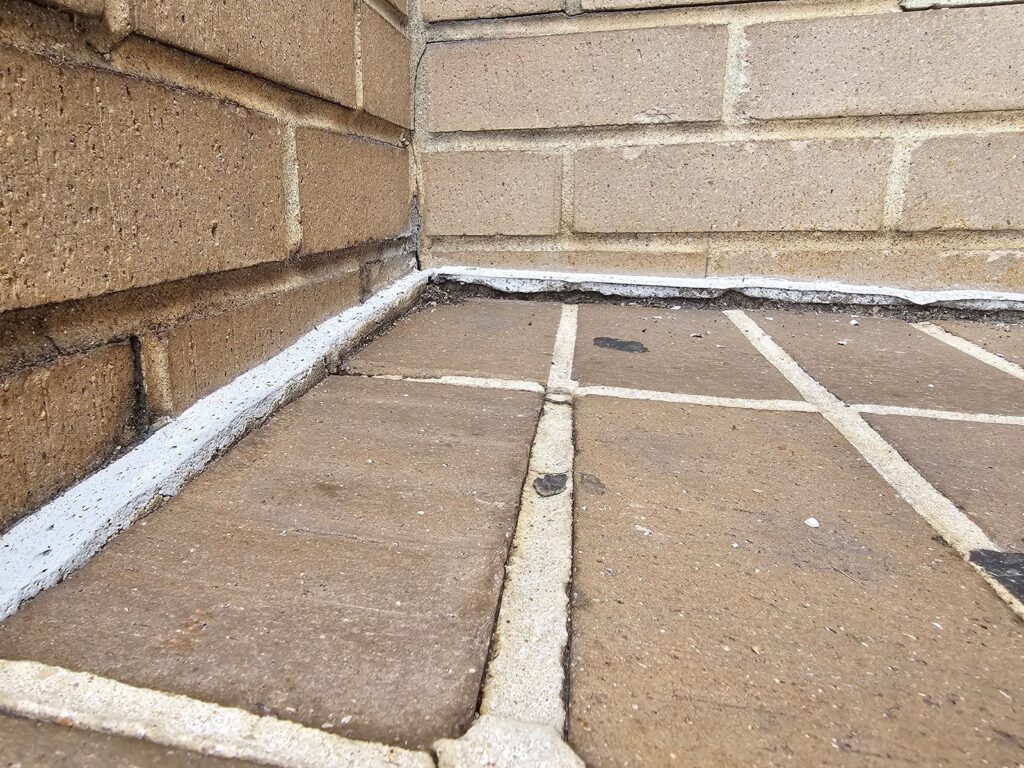
Building deterioration is, in most cases, a cascading process where initial damage creates accelerated pathways for further and increasing destruction. This non-linear progression increases in acceleration. That simpe sounding detail is very important, because it defines the debilitating nature of failure and destruction of a building system which eminates from small damages. This nonlinearity occurs because each point of damage becomes a potential gateway for multiple compounding mechanisms of failure.
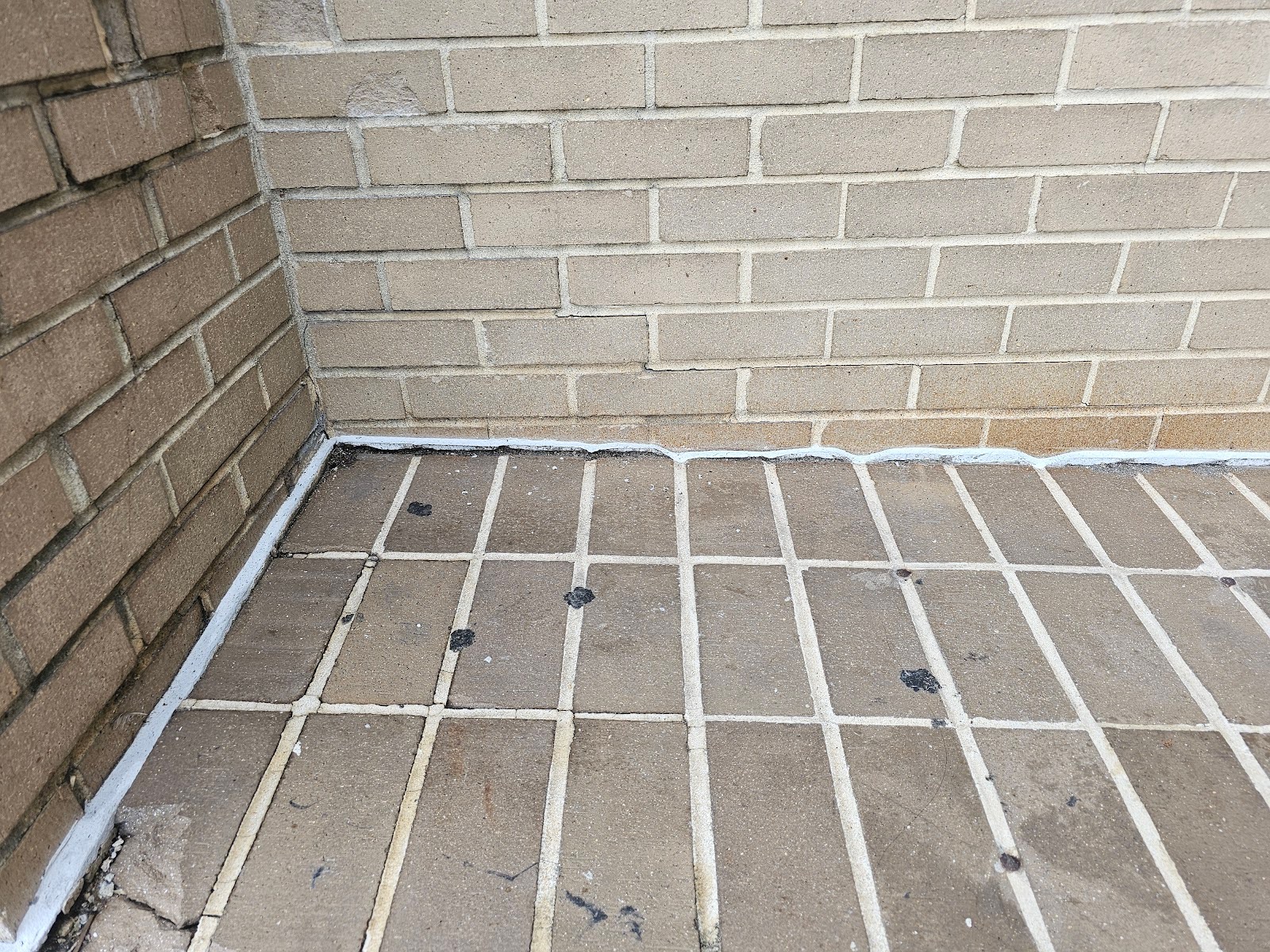
In the field of building science and engineering, failure should be defined as a system not lasting as long as intended. In some ways this type of perspective is relatively cut-and-dry and straightforward. However, there is an aspect of this that is anything but cut and dry. It’s not always clear to determine exactly how long a system should last, from the outset. If you ask a variety of different professionals how long a building should last, you’ll get a variety of different answers.
Structural engineers should say that a building should last for at least 50 to 100 years from a structural capacity perspective. (The word “structural” is often confused by many people. Some people define it as anything physical that you can touch and other people to define it as something that’s part of the load path of the support elements of the structure of the building.) Architects may say that a building should last up to 20 years or so without the need for major modification. Building code professionals might say that a building should be safe for use for up to 50 years.
The point is that the durability in longevity of a building is potentially up for debate and the definition of that term of longevity determines whether or not an item has failed to the point that it is no longer useful and or deteriorating. As professionals here in the Washington DC region, we see, very clearly, that buildings can last for way longer than just 100 years, and we also believe they should be preserved.
In structural systems, like this, deterioration is tied to what we often refer to as accelerated decay cycles. Unlike an intuitive but less likely scenario of linear degradation, where damage occurs or progresses at a pretty consistent rate, building failures create multiplicative points of vulnerability. Deterioration increases as time goes by, not just sumatively but multiplicatively, and the rate of increasing damage also increases, so it gets faster as it goes.
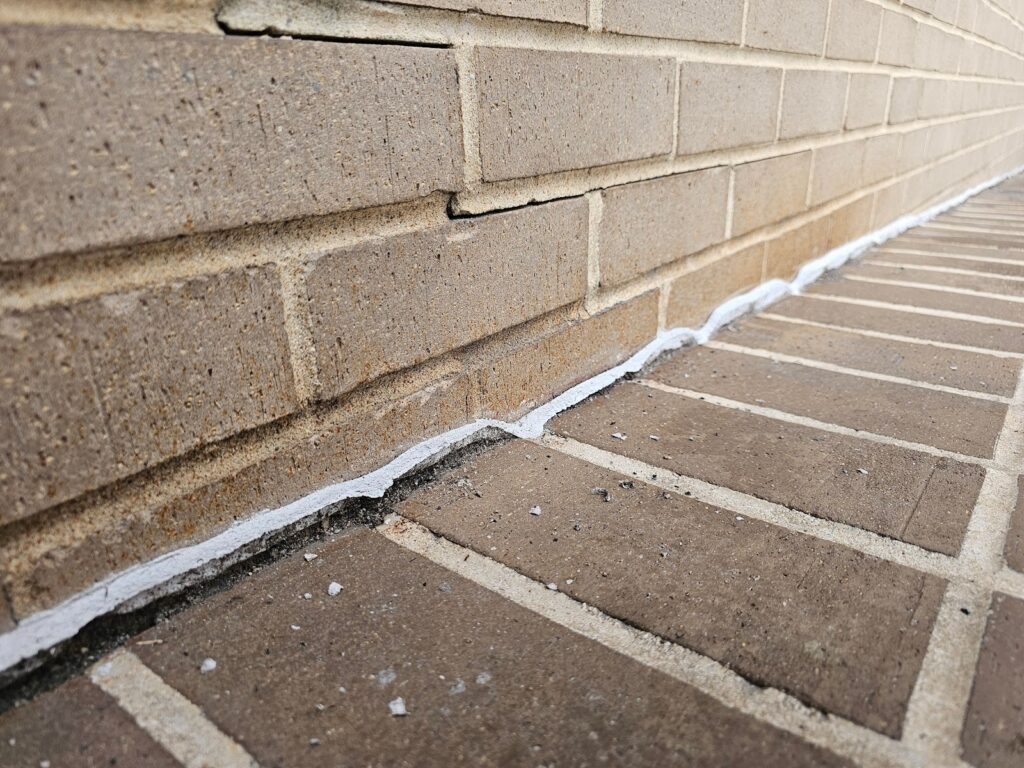
In other words, water entering into this masonry and associated subsoils doesn’t simply cause isolated damage, it creates a chain reaction of compounding damage, in the phases listed below:
Phase 1
- Without an overlay or flexible sealant at an area of planar cracking, the condition will worsen over time.
Phase 2
- The initial water entry, into the subsoil area hydrates and then weakens the subsoils

Phase 3
- The porous materials deteriorates through disolution, as a result of the hydration in Problem 2.
Phase 4
- The increased porosity allows deeper and faster moisture penetration for future cycles of precipitation.
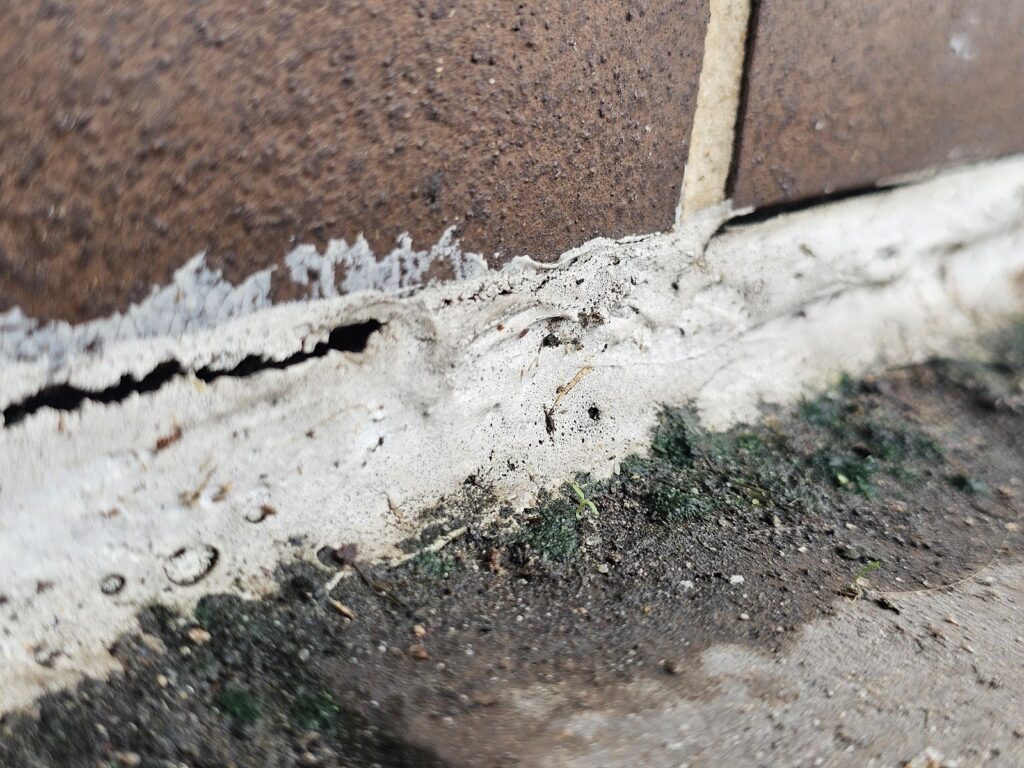
Phase 5
- Freeze-thaw cycles exponentially expand microscopic damage, and eill eventually even cause major movement and lifting of structural elements.
Phase 6
- Material degradation accelerates with each subsequent cycle of precipitation, with a return back to Phase 1.
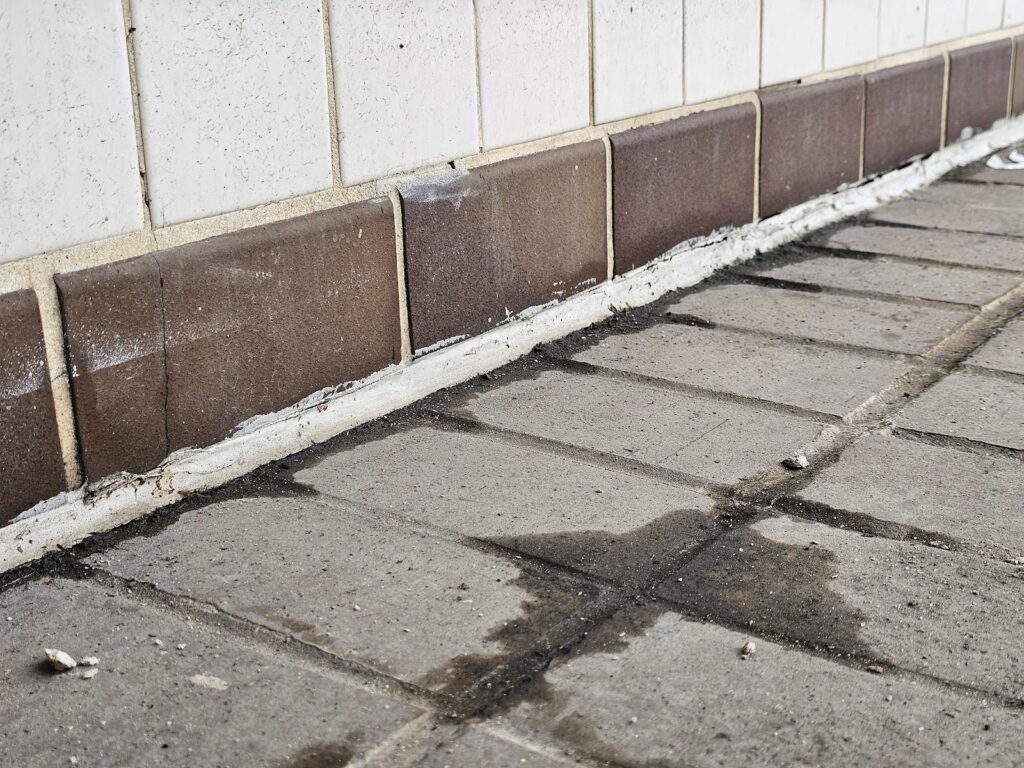
Some of the factors which drive or affect non-linear deterioration include:
Material porosity
Temperature fluctuations
Moisture exposure
Structural loading
Chemical interactions
Microstructural changes
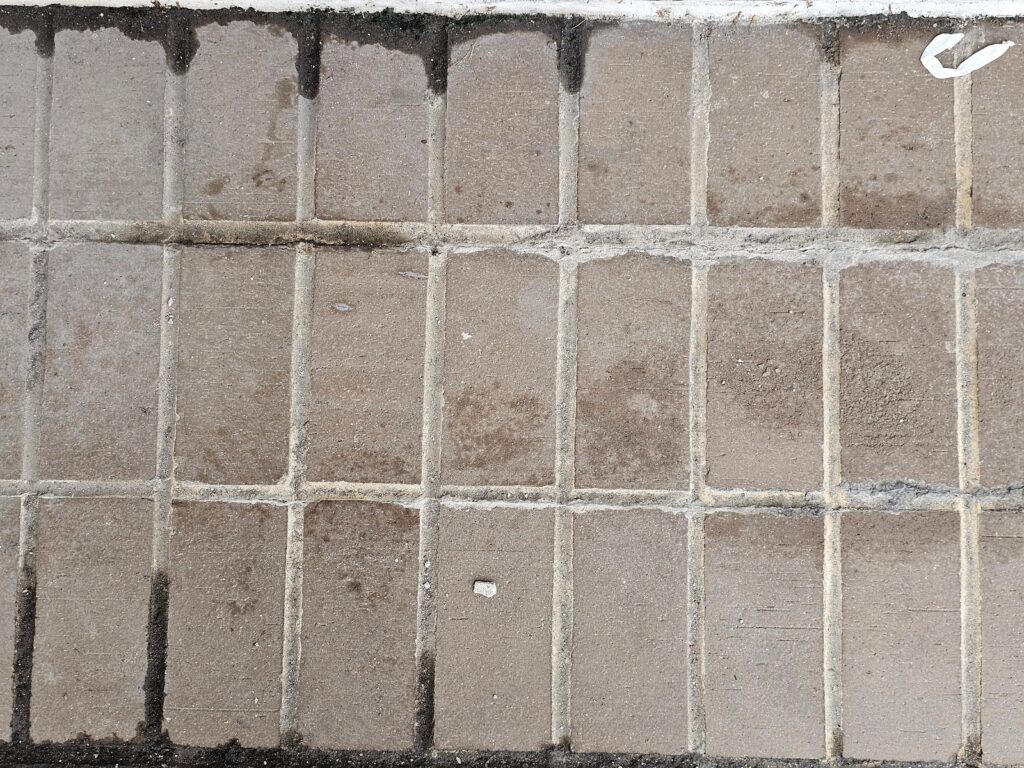
Each of these factors don’t just add damage, but potentially multiply potential failure mechanisms, creating what we often refer to as l “cascading failure potentials”. With deterioration of these types, they can lead to a breakdown of the building systems.
In an upcoming article, here on our blog, we will take a closer look a these issues of material porosity, temperature fluctuations, moisture exposure, structural loading, chemical interactions, and microstructural changes. These mechanisms of material degeneration explain some of the cause and effect between hydration and nonlinear deterioration.
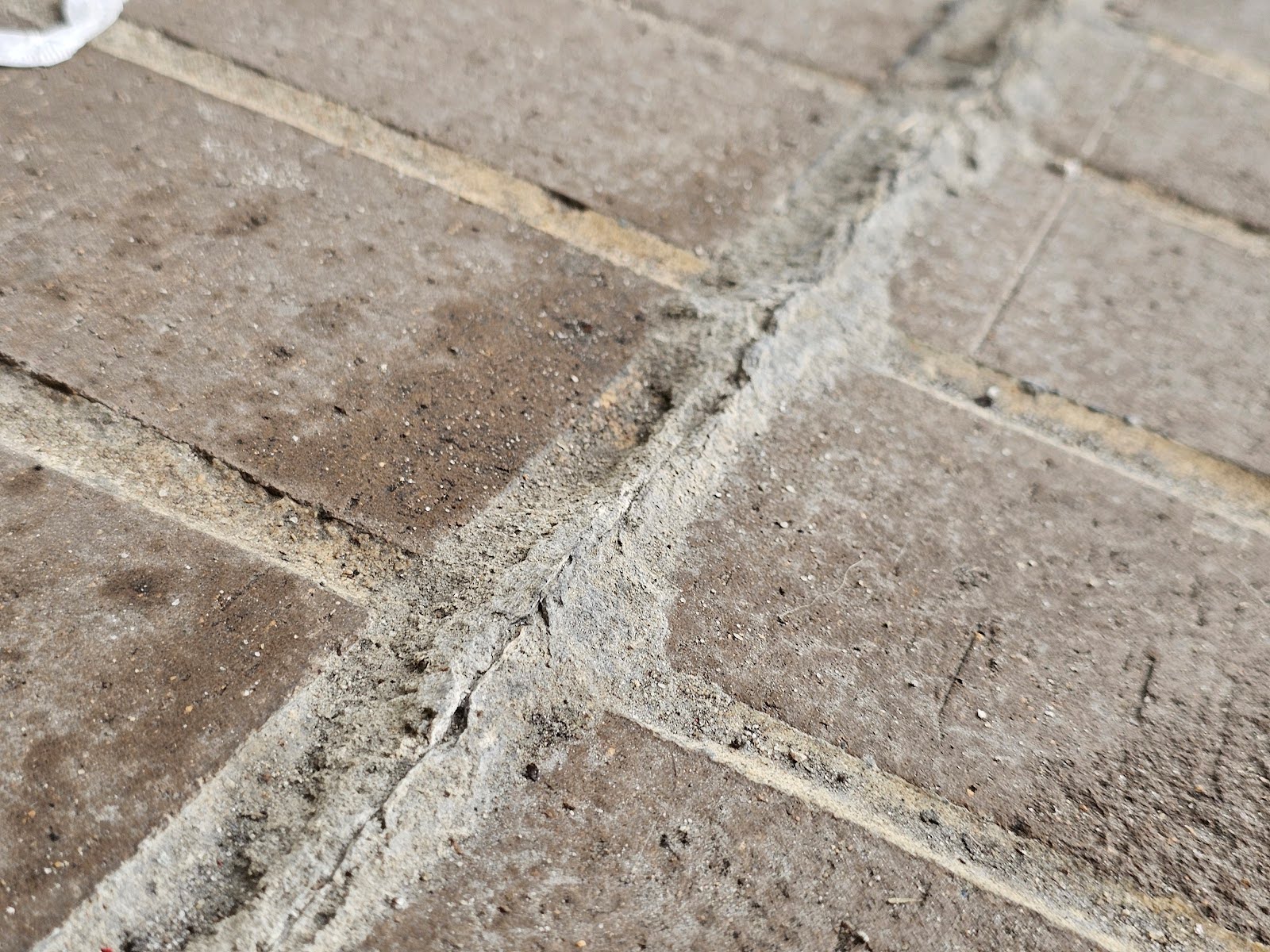
Our company, Dupont Tuckpointing and Masonry, specializes in masonry restoration, historic brick repointing, and tuckpointing services in the Washington D.C. area. These buildings are uniquely historic, and their preservation requires skilled masons who are technically trained in the best practices and knowledge of proper restoration techniques.
We understand the significance of maintaining the architectural integrity of these historic structures, and our team of experienced professionals is dedicated to delivering exceptional craftsmanship. Whether you require masonry restoration, tuckpointing, or brick repointing services, we are here to help.
At Dupont Tuckpointing and Masonry, we take pride in our work and strive to ensure that every project is executed with the utmost care and attention to detail. We are committed to preserving the rich heritage of Washington D.C.’s built environment for generations to come.
If you have any questions or needs regarding masonry restoration, historic brick repointing, or tuckpointing services, please do not hesitate to reach out to us. We would be delighted to assist you and provide you with the expertise and quality workmanship that your historic property deserves.
You can reach us by telephone at (202) 796-7644 and you can reach us by email from the contact form on our website at https://duponttuckpointingmasonrydc.com/contact-us/.




